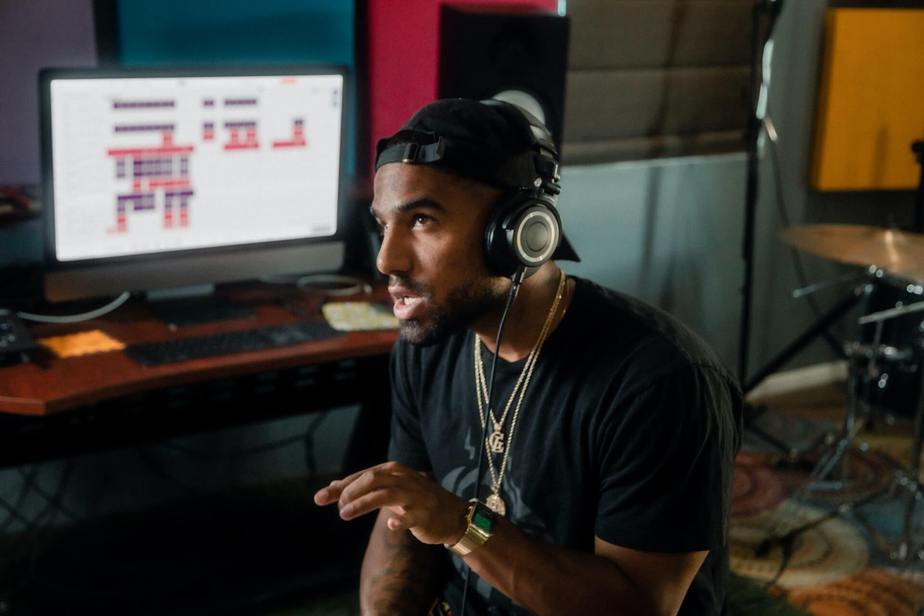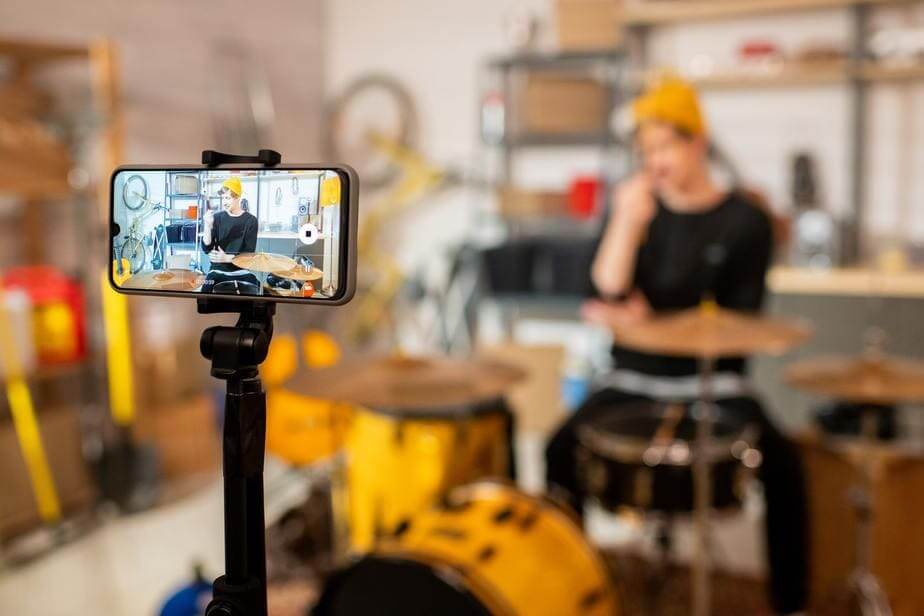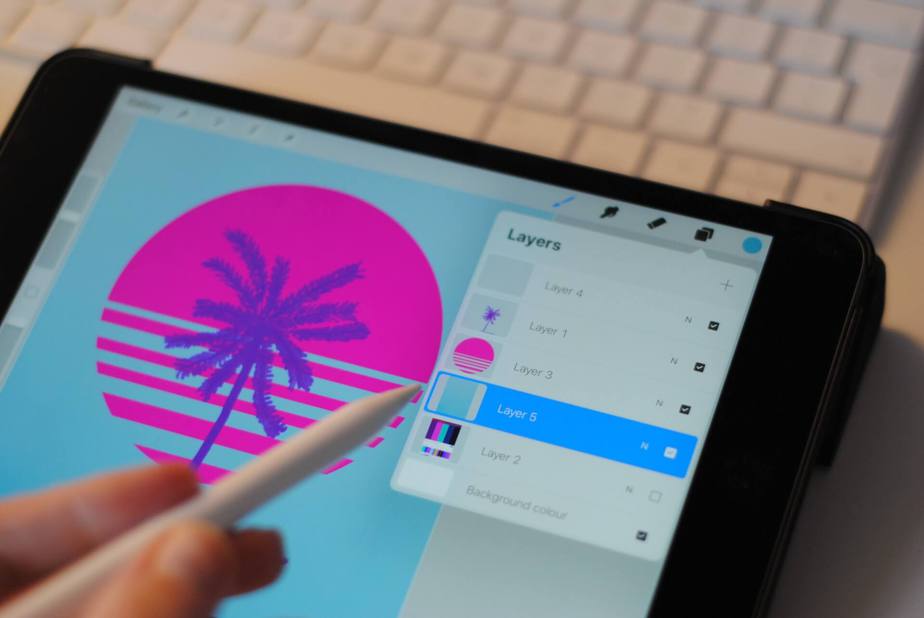From Lady Gaga to Prince, Sia to Adele. Having a distinctive and strong artist identity is essential for developing as an artist, not just through your music but also through your style and story.
You could have the best songs out there and the most amazing voice on the planet, but if you don’t market yourself effectively, you are unlikely to succeed in the music industry’s ever-changing landscape.
Building your brand is key to getting the upper hand over other artists and making sure that you grab the attention of your potential audience.
So what is artist identity?
Understanding what is meant by having a ‘strong artist identity’ is vital before building your brand and marketing yourself. Having a clear idea of your story, values, and image is essential in creating a well-rounded identity.
Artist identity is more than simply the clothes you wear or adopting a distinctive hairstyle (although these are key factors). Perhaps you have a strong belief in women’s rights or mental health? Weaving your beliefs and values into your identity is key to developing a solid brand.
Let’s break this down into separate areas; style, story, and beliefs/values.
-
Style
Having a clear sense of your style is probably one of the most obvious ways to create an effective artist identity. From Kate Bush, Tina Turner, and Boy George to more current artists such as Billie Eilish and Sia, how you present yourself is the first indication to your potential audience of who you are.
The teenager Sigrid may only wear a white t-shirt and jeans when she performs, but her lack of make-up and simple style sends an understated, positive message to teenage girls everywhere that you don’t have to conform to the stereotypes of how girls should dress.
Although many artists consider their style very carefully, some also come by their signature style by accident. For example, Gregory Porter started wearing his trademark hat due to a skin condition and now considers it his security blanket when performing.
Your style as an artist doesn’t have to reflect what you wear every day (although it might do); rather, it could almost act as a uniform that helps you get into ‘character‘ when you perform.
For example, we would imagine that Adele does not generally mooch around the house in classy black dresses with her hair in a bouffant.
Some artists such as Madonna and Elton John have been fortunate to have lengthy careers, which have enabled them to go through many different changes of style.
But what these artists have in common is that they had a very distinctive style to start with. Elton John still wears theatrical clothes, which help him slip into his gregarious stage persona; it’s just now they are suits rather than chicken costumes and sparkly baseball kits.
So, what is your style? How will what you wear when performing and projecting yourself on social media and other platforms distinguish you from other artists?
You need to create a style that you feel comfortable with and reflects the music you are making. If you’re not happy with your body being on the show, then dress accordingly.
To build an authentic and strong artist identity, your style should be a reflection of you. If you are true to yourself in your style, you will be more comfortable while at the same time being more appealing to your prospective audience.

-
Story
Undoubtedly, some artists prefer to remain a mystery regarding their personal life, background, and life story.
But when it comes to building your brand and attracting an audience, sharing your story (or the parts of you that you feel comfortable sharing at least) could be a valuable part of building a strong artist identity.
Being forthcoming about your sexuality and the struggles you have faced around being accepted for who you are is closely weaved into the identity of many artists.
Ollie Alexander from Years and Years and Sam Smith are just two artists whose public acknowledgment of their sexuality has become integral to their strong artist identity.
The rapper Dizzee Rascal had a turbulent start in life and was expelled from four schools (a teacher referring to him as a rascal led to the adoption of his stage name) before turning his life around after finding an escape through music.
He is not shy about sharing his story, and his vocal support of black youths and their struggles is a crucial aspect of his identity as an artist.
So, what is your story?
Is there a particular aspect of your life or background that you feel is important to share and integral to your identity as an artist?
If the answer is yes, think about sharing your story with your potential audience.

-
Beliefs and Values
A quick google of the iconic artist Nina Simone sees her described as a civil rights activist alongside her many musical achievements. Her passionate belief in equal rights was an essential part of her strong artist identity, and she is now remembered as much for her work in this area as she is for her music.
As a musician, your music likely reflects your beliefs and values in some way, but this isn’t always necessarily the case.
Being explicit about your beliefs, be it promoting peace, empowering women and girls, or stamping out racism, can help define you as an artist and build a strong following of like-minded people.
It is worth taking the time to pinpoint precisely what values you want to project as part of your artist identity and the best way to do this.
Once you understand precisely what is meant by ‘strong artist identity‘, you can begin the work of defining and refining your own identity. Part of this work should include practical tasks such as;
- creating a visual for your brand
- researching your target demographic through social media
- exploring how best to reach your audience
Define Your Musical Style
Defining your style is one of the key elements in creating a memorable, effective, and strong artist identity. As mentioned previously, having a distinctive and consistent style with regards to clothes and overall appearance can not only help you stick in people’s minds, but it can also send a message about your music and values.
Defining your musical style, however, is even more important (and possibly a bit harder!)
Perhaps your musical style neatly fits into a particular genre (punk or country for example), or perhaps you feel your music is more a fusion of different styles. Make sure you are clear on the style of your music so that when you start promoting your music you are aiming your marketing efforts at the right audiences.
Perhaps you feel that your music is undefinable and that you have developed a new sound that is unique to you. Have you created a fusion of two or more different styles that no one (to your knowledge) has ever attempted before?
If this is the case then do your research to make sure this is the case!
If you are heavily influenced by another artist or band then there is no shame in admitting that – but how is your music different? Your music might appeal to fans of that artist, which gives you a ready-made audience to try to tap into with your promo material.
What’s in a Name?
When you consider developing your identity as an artist, it’s easy to forget how much impact your stage name can have.
Do you want to use your own name, like Ed Sheeran, or would you feel more comfortable using a pseudonym?
The genre of music that you are involved with could have an impact on your name. Grime artists, for example, tend not to use their given names and instead opt for slightly ironic nicknames (think of Chunkz and Big Zu).
If you think your given name doesn’t suit your music genre, then get thinking of something suitable. Brainstorm ideas and ask your friends and fellow artists what they think would be a good stage name.
Remember that some artists change their names as their popularity grows or if they want to change their image or persona. So even if you decide to change your stage name in a few years to adapt to changes in your style, it isn’t the end of the world.
Developing your brand
In addition to defining your style and considering a suitable name, developing your brand and communicating that to your audience is an essential aspect of your strong artist identity in today’s fast-moving climate.
This is where musicvertising can help! We can guide you through all aspects of promoting yourself and communicating your brand to your target audience.
Here are some things to consider when developing your brand;
-
How are you going to communicate?
Communicating with your fans and other members of the music industry is something that needs careful consideration. Which platforms are you going to use, and what are you going to post?
Having your own YouTube and Spotify Channels are two of the most popular ways to communicate with your fans and promote your music. Being able to kill two birds with one stone is one of the huge benefits of these platforms.
Musicvertising can help you develop your Spotify and YouTube Channels by growing your followers and getting you featured on the playlists that matter.
You might also consider using platforms such as Clubhouse to network with other people in the music industry or post regularly on Facebook Live. Depending on your target audience, TikTok is a platform that you should almost certainly consider.
When posting, remember to consider the tone of your posts and always be sure that the material you post aligns with your artist identity.

-
Create a visual for your brand
Creating a visual for your brand is key to developing a strong artist identity. Do you have a logo? Does the artwork on your albums match with the artwork on your website or YouTube Channel?
What is it about your visuals that makes them unique to you and your music?
You can now use GIFs on Spotify, which can be used in place of artwork. Something as simple as a well-placed GIF could give your audience a real feel for your personality and music.
The artwork you use for your albums and singles should really say something about you and your music.
If your music is optimistic, think how best to put that across in your artwork. Similarly, if your music is dark and brooding, you need to consider how that could come across in the artwork you choose.

-
Know your audience
The critical thing when considering all the points above, from your name to your artwork to the platforms you use, is who actually is your audience?
Who are you trying to reach?
When you have answered this question, you should then have a clear idea of what platforms are best to use, the type of artwork you need to adapt, and the style of clothes you should be wearing.
The audience is everything, and how you reach them and identify with them should always be your main priority (as well as making killer music, of course).
And finally…
So, you can see that making great music is just the start of your journey as an artist. Building a strong artist identity is no mean feat and should be carefully considered.
You should always make sure that you are comfortable with how you portray yourself and how much of your ‘real‘ self you want to put out there.
If you want to use a stage name – use one.
If you want to cover up your body or wear crazy make-up – do it.
If you feel strongly about a particular issue – engage with your fans so they can hear your voice.
Connecting with your fans and reaching as many people as possible will be easier if you are authentic, and you will gain more respect and more followers that way.
Think long and hard about your artist identity – it could be the difference between making it big and not!
How we can help
Musicvertising can assist you in developing your Spotify and YouTube presence by helping you build your channels and ensuring that you are targeting the right audience.
If you are interested in developing your visuals, our music visualizer service would be invaluable. We can help you create stunning visuals that will give your brand that extra edge.
We can also help with playlist placement and guide you through getting your music placed where it belongs.
Having a strong artist identity will help you stand out from the crowd in an industry that is flooded with new music every day, and musicvertising can help you promote yourself so you can take your career to the next level.
You write the music, and we can help you with the rest!
